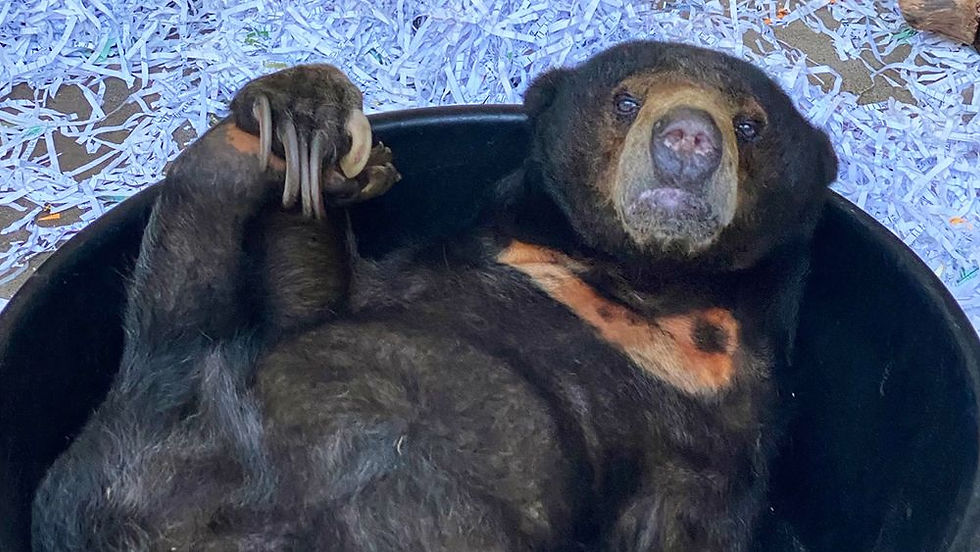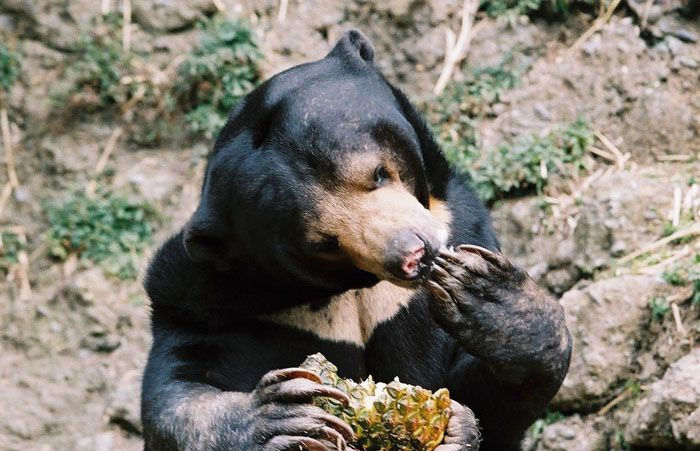Sun Bears as Keystone Species: Guardians of Biodiversity
- jothamleewz
- Oct 10, 2023
- 2 min read
Updated: Nov 1, 2023
Welcome back to our exploration of sun bears, where this week, we uncover the ecological marvels that define these charismatic creatures as true guardians of biodiversity. Sun bears, with their unique behaviours and dietary preferences, play a crucial role as keystone species in the lush rainforests of Southeast Asia.
In the complex dance of nature, keystone species hold a special place. They are the linchpins that, despite their modest numbers, exert a disproportionately large influence on their ecosystems. Sun bears, with their distinctive habits and interactions, are key players in maintaining the delicate balance of their habitats.
Picture sun bears as inadvertent gardeners of the forest. Their love for fruits means that as they roam, they scatter seeds, unintentionally participating in the regeneration of plant life. This act of seed dispersal contributes significantly to the overall biodiversity and vitality of the rainforest.

Sun bears aren't just fruit enthusiasts; they are also avid insect hunters. Their foraging activities help control insect populations, preventing potential disruptions to the ecosystem. Sun bears, in essence, are nature's pest control, maintaining the delicate balance of the bug buffet in the jungle.
The ability of sun bears to climb trees isn't merely a spectacle; it's an ecological phenomenon. By venturing into the treetops, sun bears influence the structure of vegetation. This, in turn, has cascading effects on resource availability for other species, shaping the very fabric of biodiversity within the forest.
In conclusion, sun bears are not just charismatic inhabitants of the rainforest; they are vital architects of their ecosystems. As we marvel at the unique roles they play, I invite you to delve deeper into the intricate web of ecological connections. Stay tuned for our next adventure, where we'll explore more facets of the fascinating world of sun bears.



How do sun bears contribute to the regeneration of plant life in their habitats?
Hi Jotham! Great blog! Your writing is insightful, and I loved the designs of your blog with those cute sun bear pictures. They are so adorable :)
I have some questions to ask:
Do sun bears have any typical fruits that they like to eat? Also, how do you differentiate a male sun bear from a female sun bear?
Thank you.